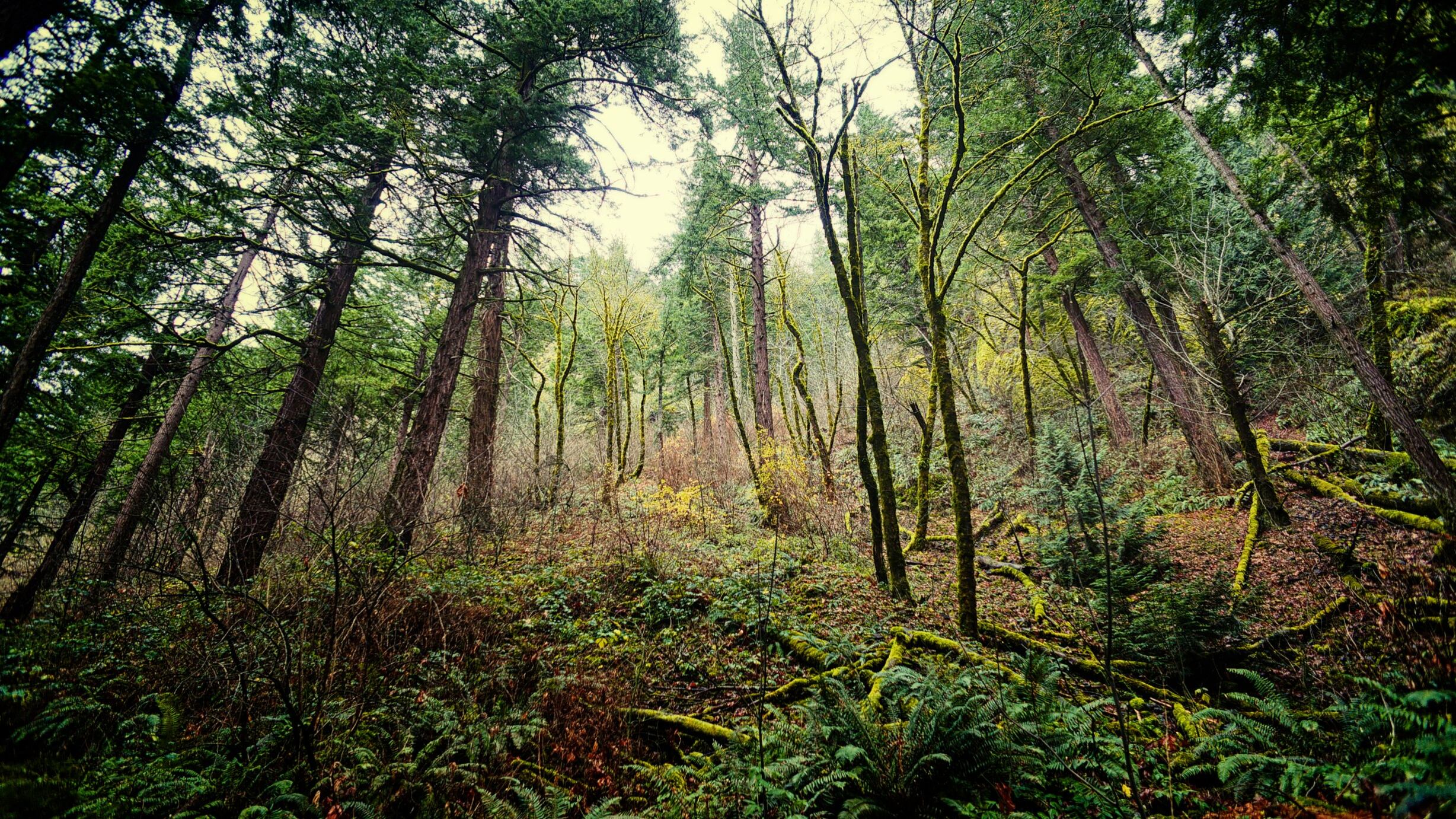The day after Thanksgiving, the White House released a massive federal assessment of the damage climate change is poised to unleash on the U.S. economy.
The study is dense. It's also alarming. (The president, for his part, said on Nov. 26 he didn't believe it was true.)
The forecast for the nation is dire: Floods will become more frequent as sea levels rise, threatening to displace millions along Southeastern coastal cities, U.S. wildfires are likely to burn six times more forest area per year and national agriculture yields could drop to 1980s levels by 2050.
But all politics—even global warming—is local. What is this going to mean for us in Portland?
Chapter 24 of the 1,656-page assessment is dedicated to the Pacific Northwest: Oregon, Washington and Idaho. It paints a picture of rising sea waters, warming temperatures and wildlife going extinct.
Vivek Shandas, Portland State University's professor of urban studies and planning, calls the report "sobering" but says it doesn't offer much in the way of practical advice. It's more of an encyclopedia of panic.
"While national reports can be helpful to identify trends," he says, "relying on those to identify specific risks to the Pacific Northwest is limited."
Still, the specificity of the details about Oregon's future inspires some urgency. Here are numbers cited or referenced in the assessment that stand out.
160
Predicted percentage of increase in airborne particulate levels due to wildfires in the Northwest by midcentury. "Northern California, Western Oregon and the Great Plains are likely to suffer the highest exposure to wildfire smoke in the future," one climate journal study notes.
589,852
Acres of Oregon forest affected by Swiss needle cast, a fungal disease specific to Douglas fir. Fungus and insect damage are perpetuated by warming winter temperatures.
11.3
Cubic miles of snowpack the Cascade Mountains is expected to lose each April by the year 2080. That's 81 percent of the April snowpack—two-and-a-half times the volume of Crater Lake.
16,000
Miles of Oregon streams and rivers where high temperatures have degraded water quality. Warm streams and low summer stream levels have led to the die-off of "hundreds of thousands" of sockeye salmon in the Columbia and Snake river basins.
2,200
Miles from the North Pacific Ocean to the Bering Sea, where some of the marine wildlife residing along the Oregon coast are predicted to travel as the ocean warms. "However," the report notes, "these range shifts may also open up new fishing opportunities in the Northwest."
7.3
Percentage of increase in smoke-related respiratory hospital admissions in the Western U.S. between 2004 and 2009. "The state of Oregon has also recorded spikes in heat-related emergency room visits," the report states. "In particular, agricultural workers are at increased risks for heat-related injuries because they work outside during the summer harvest season."
528
Number of salmonella cases reported in Oregon during a 2015 outbreak. The highest spikes in infection, the report notes, correlate with months of extreme heat. (There were roughly 75 cases in August alone.)
80
The number of additional heat-related deaths per year the assessment predicts Portland will experience by midcentury.
900
Number of landslides along Amtrak Cascades corridor coastal rail tracks since 1914. As temperatures rise, snow falls more frequently as rain, which can "lead to slope instabilities and landslides."
Late 2015
Period of time when "a large number of homeless people in the Portland Metro region" were affected by an outbreak of shigellosis, a bacterial diarrheal disease. The outbreak was caused by extremely heavy rainfall.
76
Cases of cryptococcus infections—fungal-caused illnesses previously limited to warm regions in the tropics—occurring in Oregon in 2015 because "the species that causes these infections is now established in Northwest soil."
95
Percentage of Oregon health departments that report having "partial-to-minimal ability to identify and address environmental health hazards."
